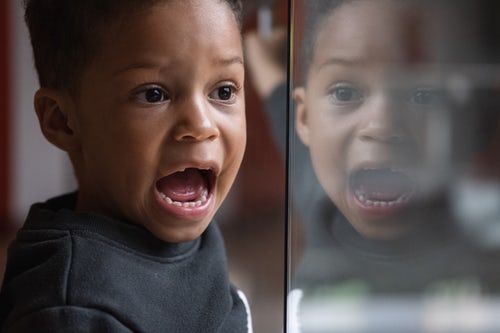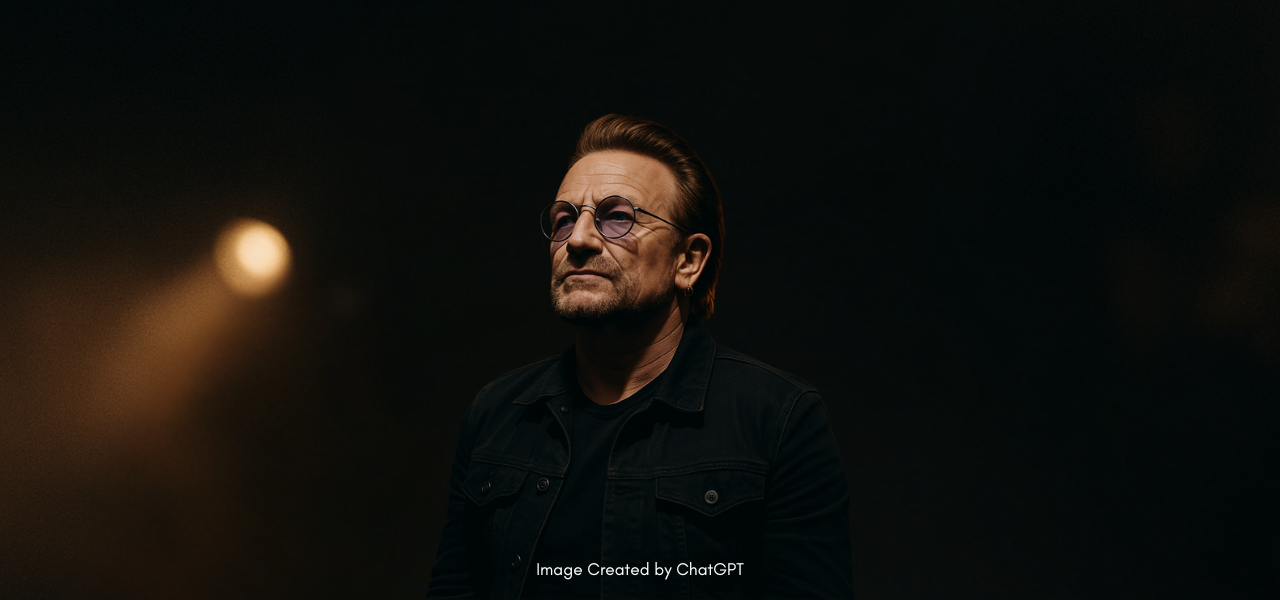Additional needs parent or not, parenting has its joys and challenges. Sometimes brushing teeth is one of those challenges, because our kids just don’t want to do it. Oral hygiene is extremely important. It not only assists with reducing halitosis but also reducing gum disease, plaque and gingivitis. Preventing these three and/or reducing them also goes further in assisting and promoting good cardiovascular health.
But what do you do when your child doesn’t want to brush their teeth and/or furthermore get their teeth flossed? You have to find an alternative, a win-win for both you and your child.
Being an additional needs parent trying to get a good dental visit in has recently proven difficult. Our journey began with our son who was intimidated by the dentist office. We found a fabulous dentist in our insurance network who allowed us to come in frequently to create a comfortable environment. Then, she stopped taking our insurance. We had to start all over again. We found another place like it. They had found two cavities and wanted to address those and wanted to fully sedate our son. For me as a parent, with a child who had gone through open heart surgery at 5 months, this wasn’t acceptable.
I wanted a less toxic way to get the same solution. I also know my son and that he is manageable in the dentist’s chair. He needs to feel confident and secure with whomever is working with him. Once that trust is established he is good to go.
Having to re-establish a new relationship, I realized I needed a way to get him comfortable at home with going to the dentist. Voila, my solution came! Our local wholesale store had a sale on a Waterpik! The wonderful thing about this was is that it not just had the traditional Waterpik but it also had a travel sized one! It helped get him accustomed to keeping his mouth open for the dentist, and also used to the constant flow of water in his mouth then spitting. So, what was meant as a training tool, ended up becoming important part of our routine as he stopped allowing me to floss. We were trying to prevent additional cavities sprouting and stifling the bacteria from untreated cavities affecting adult teeth.
An unexpected benefit from using the Waterpik was that of all our teeth have become whiter and our gums have improved. More importantly not only did this addition to our routine become fun, but at our last dental visit the dentist was impressed that nothing had affected the adult teeth.
I also asked the dentist at what age a child could start using a waterpik. She said as early as they understand spitting and can tolerate having constant water in their mouth. Children with additional needs don’t always manage well or tolerate things in their mouth much less constant water pressure. It is up to the parents to observe and decide if this can be an additional tool they can use with their child.





Responses